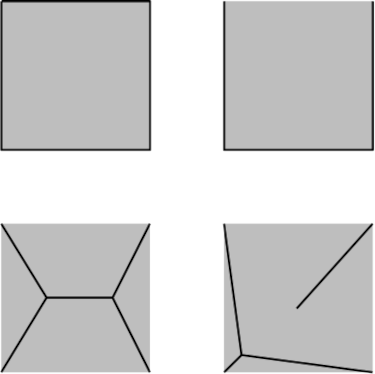
AMD’s Turin: 5th Gen EPYC Launched
Unlike our prior Granite Rapids coverage where we just had a video, we have had hands-on with Turin, specifically the AMD EPYC 9575F, thanks to Jordan from StorageReview.
This article is going to be a little different from our usual. It’s going to be shorter than usual because we have already covered the Zen 5 core both in mobile and in desktop and the differences between them, so this article will be focused on the memory subsystem changes that Turin has.
Serve the Home has an excellent article that has the slides that AMD has put out for the launch of Turin. But because we have our own data, I thought that our data would be more interesting to dive into.
First, looking at the 1T results, we see that the 9575F can pull around 52 GB/s of memory read bandwidth, 48 GB/s of memory write bandwidth, and 95 GB/s of memory add (Read-Modify-Write) bandwidth.
And looking at the results for how much memory bandwidth a single CCD can get, we can see that a single core can use just under half the total CCD memory read bandwidth, about 55% the total CCD memory write bandwidth, and over two-thirds the total CCD memory add bandwidth.
/cloudfront-us-east-2.images.arcpublishing.com/reuters/WH6YZXYGUVPP3EGR3KFXLDHZ2Q.jpg)























